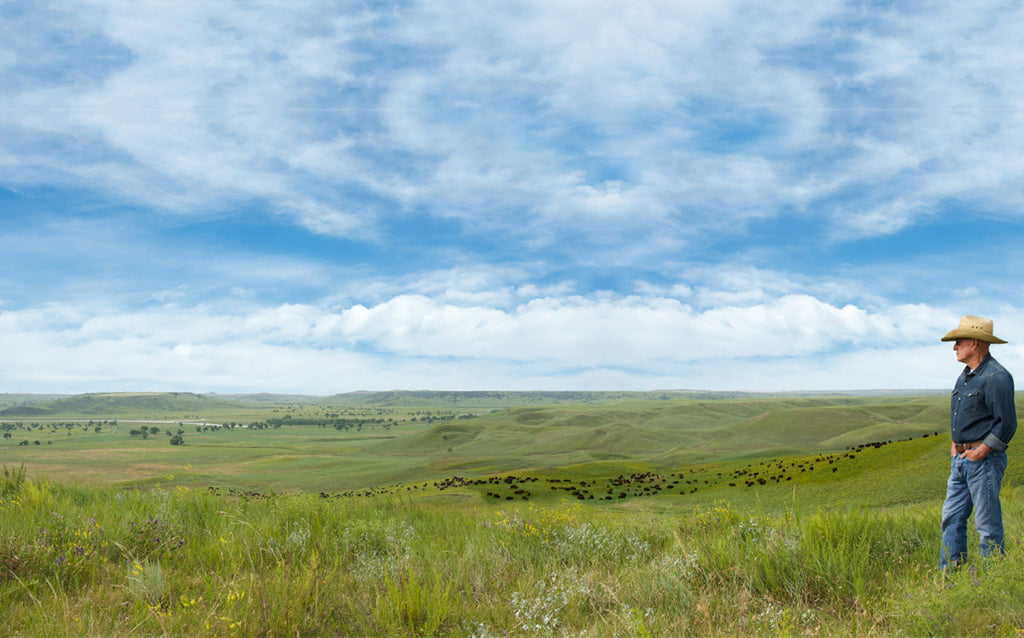
I belong to the Baby Boomer Generation and if you are a Millennial, Gen-X, or Gen-Z person, I owe you an apology. My cohorts and I are the ones that didn’t adequately stand up to the forces of ignorance and greed that are killing everything that is wild. But we were the first generation that understood that what humans were doing to wild things was suicidal. We are culpable for knuckling under in the face of the power behind that insanity and I’m sorry for the part I played in that tragedy.
In the spring of 1970, I was the chairman of the first Earth Day on the campus of a little Ohio college. I didn’t know what should happen on an Earth Day and neither did my committee. We planned a small parade, some speeches from supportive professors, and a debate
It seems silly now, but back then only a few people believed that DDT (Dichlorodiphenyltrichloroethane) and other agricultural chemicals were killing nature. Those of us who had been raised in the ‘50s and ‘60s on and around Ohio farmlands knew that something was wrong. The small drainage that ran through our little family farm had a funny smell and the beaches of Lake Erie sported
I was reluctantly pushed forward by the student Earth Day committee to represent them on the debate stage. My opponent was, Colonel Fred Graff, a hometown war hero, arch conservative, regional postmaster, and chairman of the local draft board. He was a tall, imposing man, with years of experience as a public speaker. I was a clueless 22-year-old college jock whose only credential was that I liked to walk around outdoors and watch
About a hundred people turned out for that first Earth Day and, though campus anti-war demonstrations were gaining strength as President Nixon began his second year in office, few people in the crowd that day understood the far greater threats our civilization was imposing on the environment: polluted air, polluted water, loss of species diversity, human- caused climate change, and out-of-control capitalism. Still, those few innocent souls looked to me to lead them and letting them down was one of the great failures of my life.
I’ve spent the last 45 years trying to atone for my inability to articulate the gravity of our ongoing world crisis. But it was not until 20 years ago that I concluded that, though passionate words are important, they are not enough. The best way to keep things wild is do something concrete, something big, something that is equivalent to putting a hand in the face of materialistic industry and saying “No. No more. Not in my world.” Recycling pop cans or donating a few dollars to conservation groups is not enough. We need to find ways to alter humanity’s relationship to the environment, and have the courage to execute those new ideas. I’ve come to believe that each person should shoulder some of the responsibility for not only adhering to best environmental
I think we fall in love with ecosystems much the way we do with people. And we have to protect those ecosystems we love as fiercely as we protect the people we love. Not long after that first Earth Day, I fell in love with the Great Plains. It is the dominant ecosystem of the North American continent, encompassing a quarter of the
I left my Ohio home shortly after my humiliating performance in the first Earth Day debate and went to work on the Great Plains monitoring birds for South Dakota’s Department of Game Fish and Parks. When I found a little place to live on the edge of the Black Hills, I knew I had found my ecosystem. Later, I took a job reintroducing peregrine falcons to the cliffs that overlooked the Great Plains from Montana to Texas. For 10 years, I drove the length and breadth of the Great Plains and the abuses I saw were ominous:
As I drove this post-apocalyptic midsection of North America, I obsessed
Pre-contact North America was home to at least 30 million bison. They were the dependable keystone species of the central grasslands of the continent; their grazing helped to diversify the nutrient cycling in prairie plants and enrich the soil, and their large carcasses provided sustenance for a number of species with whom they shared the Great Plains. By the late nineteenth century, unchecked capitalism had reduced bison numbers to a few million. By the early decades of the twentieth century, they were reduced to fugitives, hiding out in the most remote corners of this vast region. They were being replaced by European cattle and the vital grasslands were being plowed to support those cattle and the wars in Europe. The powers that drove this destruction were the same powers that I had failed to face down on that debate stage of that first Earth Day.
Thinking about challenging those forces sent chills down my
The best and brightest brains of my generation turned toward the mindless capitalism that drove the deterioration of my chosen landscape—the advent of bigger tractors, genetically modified crops, innovations to pump water and oil faster. They figured out ways to kill the completion for designated crops, dig coal pits deeper, and accelerate life to breakneck speed. Nothing seemed as powerful as manic capitalism.
Of
Twenty years ago, we created Wild Idea Buffalo Company on that premise and our bison herd, with all the accompanying ecological benefits, began to expand exponentially.
Though Wild Idea Buffalo Company is still struggling to be profitable, it is helping the Great Plains to heal faster by encouraging other like-minded producers to expand the range of modern bison. In the bargain, we are supplying one of the planet’s healthiest red meats to people interested in eating unadulterated food. Now we support the raising of thousands of free-roaming

37 comments